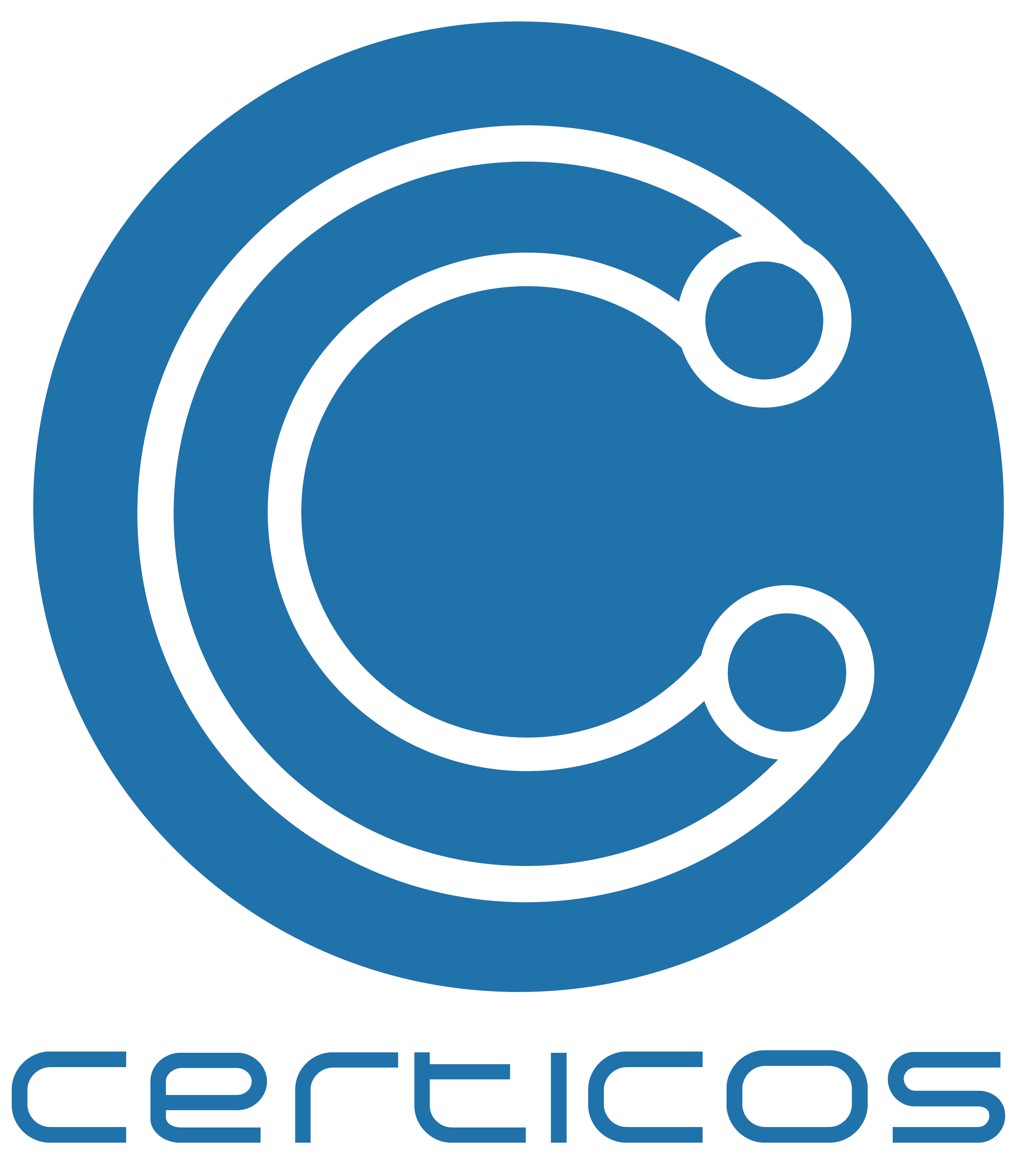NEC: The World’s Most Eco-Friendly Blockchain?

Content
Introduction
Of the major concerns, one has to be the sustainability of the blockchain industry, which is very fast-changing. testing NCOG Earth Chain turned out to be the world’s most eco-friendly blockchain.
This article discusses what makes a blockchain eco-friendly, how it is measured, and why.
Also covering the technical details on what makes NEC the greenest blockchain.
Discover more about NEC at NCOG Earth Chain.
What Makes a Blockchain Eco-Friendly?
An eco-friendly blockchain is expected to reduce the amount of energy consumed and lower its carbon footprint by using efficient consensus algorithms and processing techniques. This would ensure high performance with as little effect on the environment as possible.
Measuring Eco-Friendliness
Several factors measure the eco-friendliness of blockchain technology, including:
- ● Energy Consumption: This is the quantity of energy used in maintaining a network.
- ● Carbon Footprint: It is the total volume of greenhouse gasses a blockchain is producing.
- ● Efficiency: Transactions will be processed fast and safe without the
consumption of too much energy.
Importance of Eco-Friendly Blockchains
Eco-friendly blockchains mean sustainable development. They reduce the ecological footprint of digital transactions, making them more easily adoptable and acceptable to many users and businesses sensitive and responsive to environmental concerns.
With increasing blockchain adoption, eco-friendly solutions become a necessary inclusion to reduce their impactful consequences on the environment.
NEC: The Eco-Friendly Blockchain
NCOG Earth Chain is designed from the ground up with sustainability in mind. It uses advanced technology to consume less energy, impacting the environment less. NEC, therefore, leads in the quest to become the world’s most eco-friendly blockchain.
Direct Acyclic Graph (DAG)
NEC uses a DAG for its blockchain structure. In its current form, DAG enhances scalability and security with the introduction of asynchronous processing. This, in turn, makes DAG asynchronous in nature; hence, transactions can be processed independently to a large extent, further cutting down energy consumption.
This leads to faster transactions and high network efficiency.
Operational Research for Optimization
Operational Research for Optimization Operational research is a method that NEC implements to optimize block speed. Operational Research ensures high transaction throughput while reducing energy consumption.
Decreasing the computational power required in producing blocks, as resulted, reduces energy consumption.
Quantum-Safe Encryption
NEC has quantum-safe encryption implemented to further future proof its security. Quantum-safe encryption is a safe but efficient technique of encryption. It consumes fewer computational power compared to other methods and thus reduces carbon footprint even more.
Asynchronous Processing
NEC processes and verifies the blocks asynchronously. This distributes verification tasks hand in hand across multiple nodes. Asynchronous processing achieves maximum use of network resources, reducing the effects of delay in it.
This efficiency reduces energy consumption for procedures, hence making a blockchain greener.
High Transaction Throughput
NEC can process up to 300,000 transactions per second in a test.
The threat rate for this was so high, but NEC manages it without any compromise on energy consumption. It goes on to show that the undertaking of a large number of transactions quickly, securely and sustainably is possible.
Multi-Layer Architecture
Issues of efficient data management are catered for in NEC’s multi-layer architecture. It has the Core and Ware layer, each performing different functions.
The division is aimed at improving performance and scalability of the blockchain while using less energy.
Core Layer
The core layer handles the infrastructure, control, computation, and interface functions. It records and settles data on blockchain transactions. The control layer validates data accuracy and ensures smooth flow of data.
The computation layer evaluates incoming traffic and enhances network efficiency. The interface layer looks into the supervision of accounts and the verification of transactions.
Ware Layer
It has an open-source API, smart contract scripts, and middleware. This layer supports e-wallets, reputation management and incentive mechanisms. In effect, this modular design makes the middleware platform very easy to change and extend.
Smart Contracts
Smart contracts are at the heart of the NEC’s eco-friendly ecosystem. In these self-executing contracts, there aren’t parties that can shut down or freeze them; they run autonomously in a pre-programmed manner, hence ensuring effectiveness and reliability. Smart contracts offer secure value exchange without any middlemen, superior in efficiency and reliability.
Solid Advantages to Fully-fledged Ecosystem
Security
NEC makes use of elliptic curve encryption, which offers advanced security. This method of encryption uses smaller key sizes compared to RSA. This will make the technology even more efficient and secure. NEC implements quantum-safe encryption to protect against potential threats from quantum computers.
This system ensures long-term security for the blockchain.
Scalability
Operational Research for Optimization is just one of the several ways through which NEC has been in a position to handle the scalability concerns and ensure enhanced block speed, hence supporting high transaction throughput. This would, in turn, render the chain suitable for large-scale applications since it would support up to 300,000 transactions per second.
Commitment to Sustainability
NEC commits to ensuring that the world’s most eco-friendly blockchain, not only makes it a low-cost blockchain solution but also remains green. The commitment of the company lies with reducing the environmental footprint that blockchain technology has, hence leading in the area of sustainable cryptocurrency and blockchain technology.
Sustainable blockchain solutions from NEC include quantum security and energy-efficient processing, adding to its sustainable commitment in general.
These features therefore rank it as the world’s most eco-friendly blockchain, setting quite a high standard for other cryptocurrencies and blockchains to follow.
Conclusion
NEC’s advanced features and groundbreaker solutions make NEC stand way far ahead of its peers to revolutionize the blockchain industry. This looks into the most topical problems plaguing the blockchain ecosystem with respect to scalability, security, and incentivizing the users.
As it is green in nature, NEC has set a new bar for sustainability. Therefore, in 2024, NEC will turn out to be one of the top green blockchain entities.
For more information on NEC and its innovative approach, visit NCOG Earth Chain.

As a writer, Ruben is an advocate of blockchain technology and cryptocurrency in general. He writes about all things from cryptography to economics, with a focus on how it applies to cryptocurrencies. He is also passionate about writing about topics such as decentralization, open-sourced software development, and copyright law.


